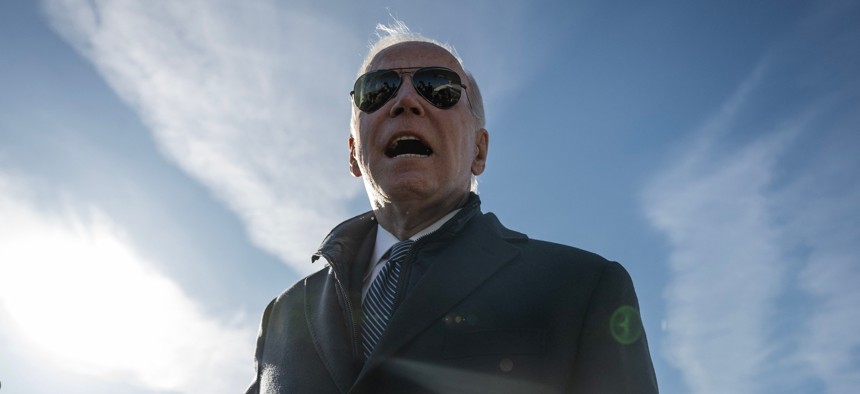PATRICK TUCKER

The recently-downed Chinese spy balloon may have sent more useful information to the Pentagon than to Beijing, U.S. military officials said Monday.
The weather balloon presented “a potential opportunity for us to collect intel where we had gaps on prior balloons,” and that could help NORAD more quickly detect future spy attempts, NORAD and NORTHCOM head Gen. Glen David VanHerck told reporters at the Pentagon.
Both the Pentagon and U.S. President Joe Biden drew much online outrage as they waited to fire on the balloon until it had safely passed over the United States and moved over open ocean.
On Monday, VanHerck reiterated what other officials said last week: the sensor package on the balloon offered China no better intelligence capabilities than their satellites and other means already possess.
“We did not assess that it presented a significant collection hazard beyond what already exists in actual technical means from the Chinese,” he said.
Simple physics explains why. Imaging satellites, whether hovering in geostationary orbit or zooming by in low earth orbit, can carry much larger telescopes than can a payload affixed to a balloon. While both a balloon and a satellite might be able to pick up radio transmissions from a sensitive military site, such as Montana’s Malmstrom Air Force Base, that communication would likely be encrypted anyway, James A. Flaten, an aerospace engineer at the University of Minnesota, told NPRs Geoff Brumfiel.
Since these sites are already visible to passing satellites and the balloon wasn’t able to stay overhead long enough to observe patterns of life, it’s hard to say what useful information it might have collected.
Still, VanHerck said, the Defense Department took “maximum protective measures while the balloon transited across the United States” to prevent intelligence collection.
That suggests the use of lasers or other forms of directed energy to essentially blind, or dazzle, the camera lens on the balloon. VanHerck said he would not comment on the “non-kinetic effects” they used to limit intelligence collection until he had spoken to Congress.
The decision to delay shooting down the balloon while it was crossing over the United States was met with anger from some lawmakers and right-wing pundits. Sen. Roger Wicker, R-Miss., the ranking member on the Senate Armed Services Committee, called it a “disastrous projection of weakness by the White House,” in a statement.
But VanHerck said the wait was worth it, not only for the sake of safety but also to gather more intelligence about the balloon itself.
“You always have to balance [the act of shooting down] with the intel-gain opportunity,” he said. “And so there was a potential opportunity for us to collect intel where we had gaps on prior balloons. And so I would defer to the intel community, but this gave us the opportunity to assess what [the Chinese] were actually doing, what kind of capabilities existed on the balloon, what kind of transmission capabilities exist on it and I think you'll see in the future that that timeframe was well worth its value to collect.”
The recovery mission now moves ahead off the U.S. coast—specifically, the vicinity of the splashdown near Myrtle Beach, South Carolina. On station are the dock landing ship Carter Hall, the oceanographic survey ship Pathfinder, Coast Guard vessels, and several unmanned underwater vehicles. VanHerck said that the underwater debris field was perhaps 1,500 meters square. The balloon itself was 200 feet tall with a payload the size of a regional jet and weighing perhaps 2,000 pounds, but the vast majority of that payload was solar panels to power the equipment on board, he said.
No comments:
Post a Comment